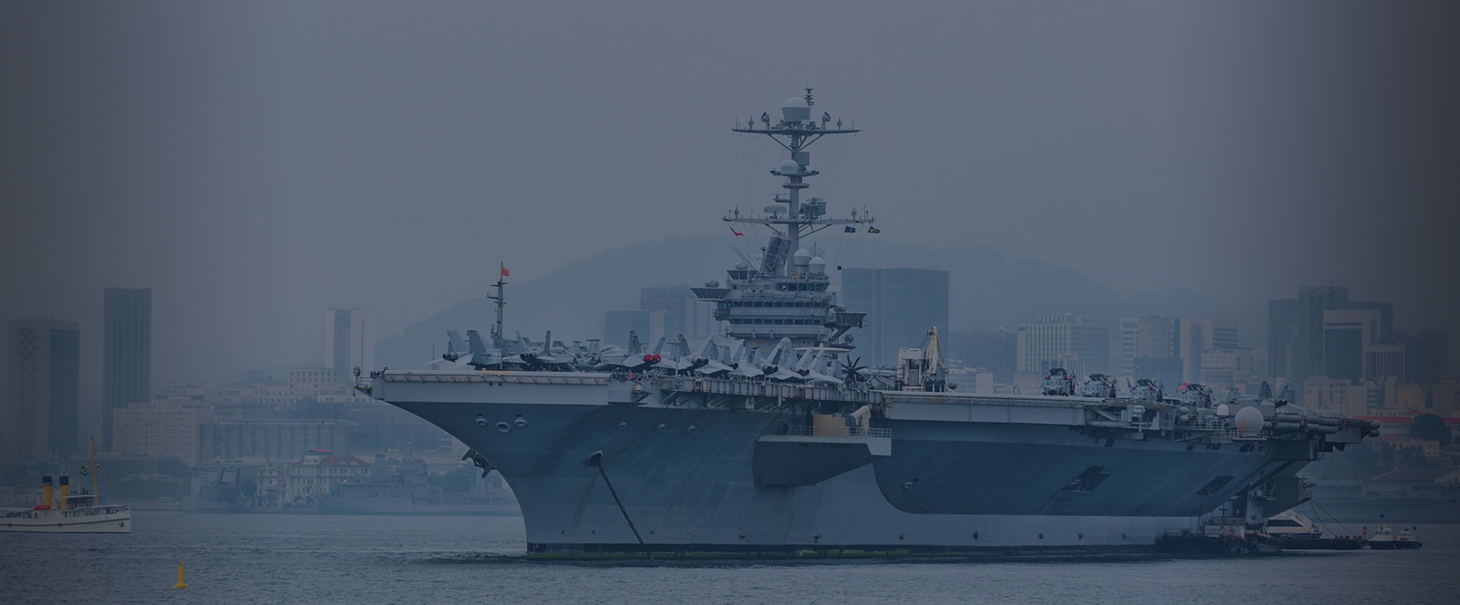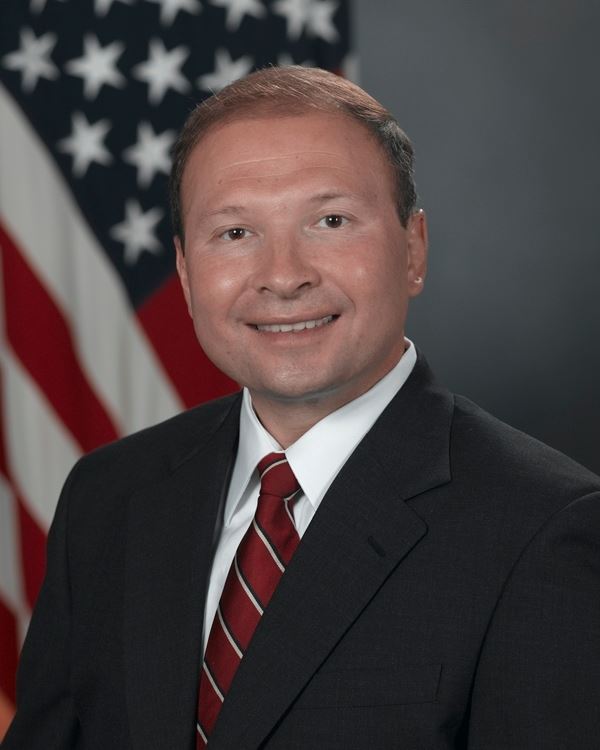EXPERT
Issues
Locations
DOWNLOAD
While folks in Congress experience bittersweet moments as their home state and alumni college basketball teams rise and fall, brackets are busted, and office pool champs are crowned, when it’s all over, most still equate March Madness with fun and excitement. But for the basketball powerhouses in the Baltics, the game also brings out another emotion: fear. Based on a quick history lesson, those feelings are entirely justified. I just watched the 2012 film “Dream Team 1935”which sends a powerful message. It’s the true story about Latvia’s national team, a scrappy, underfunded longshot which won the first ever European Championship in Geneva that year. A true Cinderella team, it was cobbled together from rival league teams, and against all odds, beat Hungary, Switzerland and Spain to claim the title. But when the credits roll, we learn a decade later that most were already dead. Some were conscripted by the Nazis during the German occupation of WWII. Others were conscripted by the Soviets when they drove the Nazis out. Two players were exiled to Siberia as part of mass deportations, including the team’s center and captain, Rūdolfs Jurciņš, who died there in 1948. Most of the rest fled, living out their days in the U.S., Australia and Canada, including Coach Valdemārs Baumanis. In other words, it’s a microcosm of what happened throughout the Baltics. Historians estimate that Latvia lost 30 percent of its pre-WWII population, while Estonia and Lithuania lost 25 percent and 15 percent respectively. Situated along a strategically important trade route, since the Baltics have relatively small populations and are divided by language and culture, they have a brutal history of occupation over the centuries. The Swedes, Russians and Germans took turns, dating back some 400 years. As Hitler and Stalin divided up Europe into German and Soviet spheres with the Molotov-Ribbentrop Pact in 1939, Stalin launched sham elections and took over the Baltics the following year. Moscow pushing sham elections. Sound familiar? Stalin feared anyone who could organize resistance to communist rule and launched mass deportations of potential opposition. Then when Hitler decided to attack the Soviets, the Nazis occupied the Baltics, extending the Holocaust and countless other atrocities. Once the Soviets slowly drove the Germans out of Eastern Europe, the Baltics were conquered again and cemented into three of the 15 Soviet Socialist Republics. Deportations began anew, while the Iron Curtain kept them in poverty, misery and oppression until they gained independence in 1991 and changed their system of governance for a brighter future. Yet to Vladimir Putin, the Soviet Union represented the good old days. And to the Baltics, that’s terrifying. Since coming to power, Putin enacted a series of laws and national policies that extend citizenship to Russian speakers, authorize military force to protect them, and allow states or parts of states to petition for membership within the Russian Federation. During his 2005 state of the union address, he said the “greatest geopolitical catastrophe” of the 20th century was the dissolution of the Soviet Union. So he’s putting it back together, piece by piece. First two Georgian provinces, Abkhazia and Tskhinvali in 2008. Then Ukraine’s Crimean Peninsula last year. He’s got Russian forces serving as “volunteers” alongside local separatists in eastern Ukraine’s Donetsk and Luhansk Oblasts, solidifying a grip over much of the country’s east. But according to Putin, he’s just protecting Russian speakers. That’s a point not lost on the Baltics. Latvia and Estonia both have about 25 percent native Russian-speakers, while Lithuania has far fewer, at about 6 percent. During my three weeks on a think tank speaking tour and research trip in Estonia, Latvia, Lithuania, and their northern neighbor Finland this past December, I met with dozens of opinion leaders including at the Ministerial level. Each senior government official, think tanker, journalist and coincidentally a professional basketball player, expressed fear about Putin’s current aggression. That’s because Russia has beefed up military forces along their borders, and is setting records for air provocations, including strategic bombers designed to carry nukes. Putin has even made explicit threats, including a nuclear option. Our Baltic allies and Finland are mildly relieved to have a U.S. and NATO rotational company-level troop presence in each Baltic country and Poland since last April. They’re also reassured that fighter air patrols are flying out of Lithuania and Estonia, counting aircraft from dozens of countries. But they’re not surely how long these deployments will last, and know Russia isn’t going anywhere. They’re also concerned about “hybrid warfare,” featuring propaganda-inspired civil unrest and sham elections in Crimea and eastern Ukraine that Putin uses to justify Russian occupation. NATO Article 5 guarantees collective defense and thus commits the alliance to defend against an attack. But these days, what constitutes an attack? It’s a good question. Whatever the definition, the Baltics need a strong answer from Congress. Putin’s ability to reassemble an empire depends on Western resolve to stand for freedom. The future of Estonia, Latvia and Lithuania hang in the balance. While we should wish them much success on the basketball court, we must help avoid a repeat of what happened to Latvia’s 1935 Dream Team. See more at: The Hill


 J.D. Gordon
J.D. Gordon